
1850 Melbourne Benevolent Asylum established in North Melbourne.1911 Moved to a new facility in Cheltenham.1965 Renamed the Cheltenham Home and Hospital for the Aged.1970 Renamed the Kingston Centre.
1869 Melbourne Homeopathic Dispensary originated in a Collins Street.
Opening as a hospital in 1876.
Renamed Prince Henry’s Hospital in 1934.
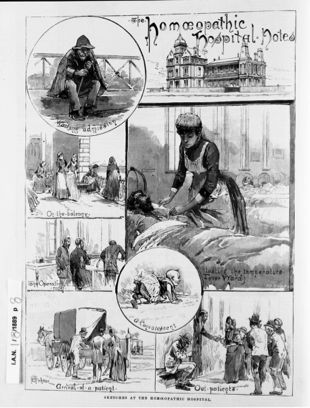
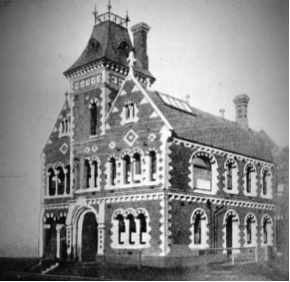
1896 Queen Victoria Hospital was the first women’s hospital established in Victoria
1932 Pathology and Bacteriology Department at Melbourne Homeopathic Hospital formed by Dr Eric Harbison at a cost of £120
1937 Janet Lindsay Greig Pathology block opens at Queen Victoria Hospital.

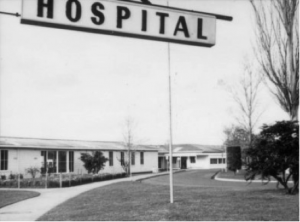
c 1940 J.D. Hicks was employed as the first fully-resourced pathologist at Melbourne Homeopathic Hospital.
1942 Dandenong Hospital opened.


1960 Prince Henry’s Medical Research Centre was established
1968 Dandenong laboratory moved into its current location

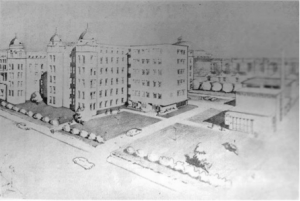
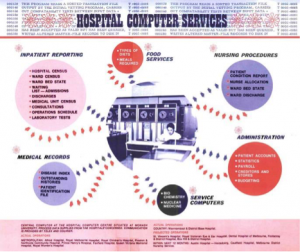
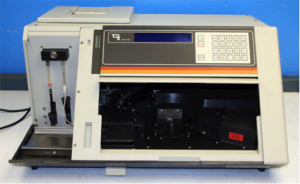
c1981 Immunohistochemistry was introduced at the Dandenong laboratory
1982 Abbott TDx Blood Chemistry Analyser introduced to Dandenong laboratory which enabled therapeutic drugs to be resulted in a time which affected patient care i.e. dosage could be adjusted same day
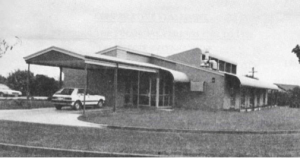
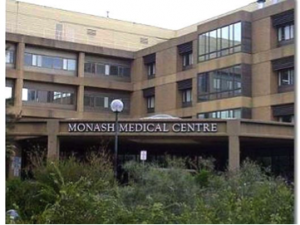
Prince Henry’s was amalgamated with the Queen Victoria Medical Centre and Moorabbin Hospital to form the Monash Medical Centre.
Immunohistochemistry was introduced into Anatomical Pathology at Clayton
1992 First random access immunoassay instrument introduced to the Dandenong laboratory allowing same day results for endocrine tests.
1992 Computerised databases of patient details and histopathology reports were introduced c1993 Purpose built pathology laboratory opens within Moorabbin Hospital.
Total laboratory automation introduced into Biochemistry
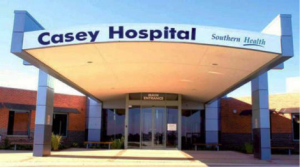
2006 Introduction of Haemophilia A and haemophilia B sequencing
2007 Introduction of automated immunohistochemistry, by 2013 there were three instruments performing over 23,000 tests per year with 141 antibodies and 5 molecular probes for in-situ testing.
2012 Kingston Centre site undergoes a major redevelopment.
Mass Spectrometers installed in Biochemistry
Introduction of Next Generation Sequencing (massively parallel sequencing)
2013 Southern Health changed its name to Monash Health.Southern Cross Pathology Australia changed its name to Monash Pathology.
Genetics and Molecular laboratory commenced operating at the Clayton Site.
The Clinical Genetics laboratory was renamed Thalassaemia and Haemophilia Molecular Reference Laboratory.
